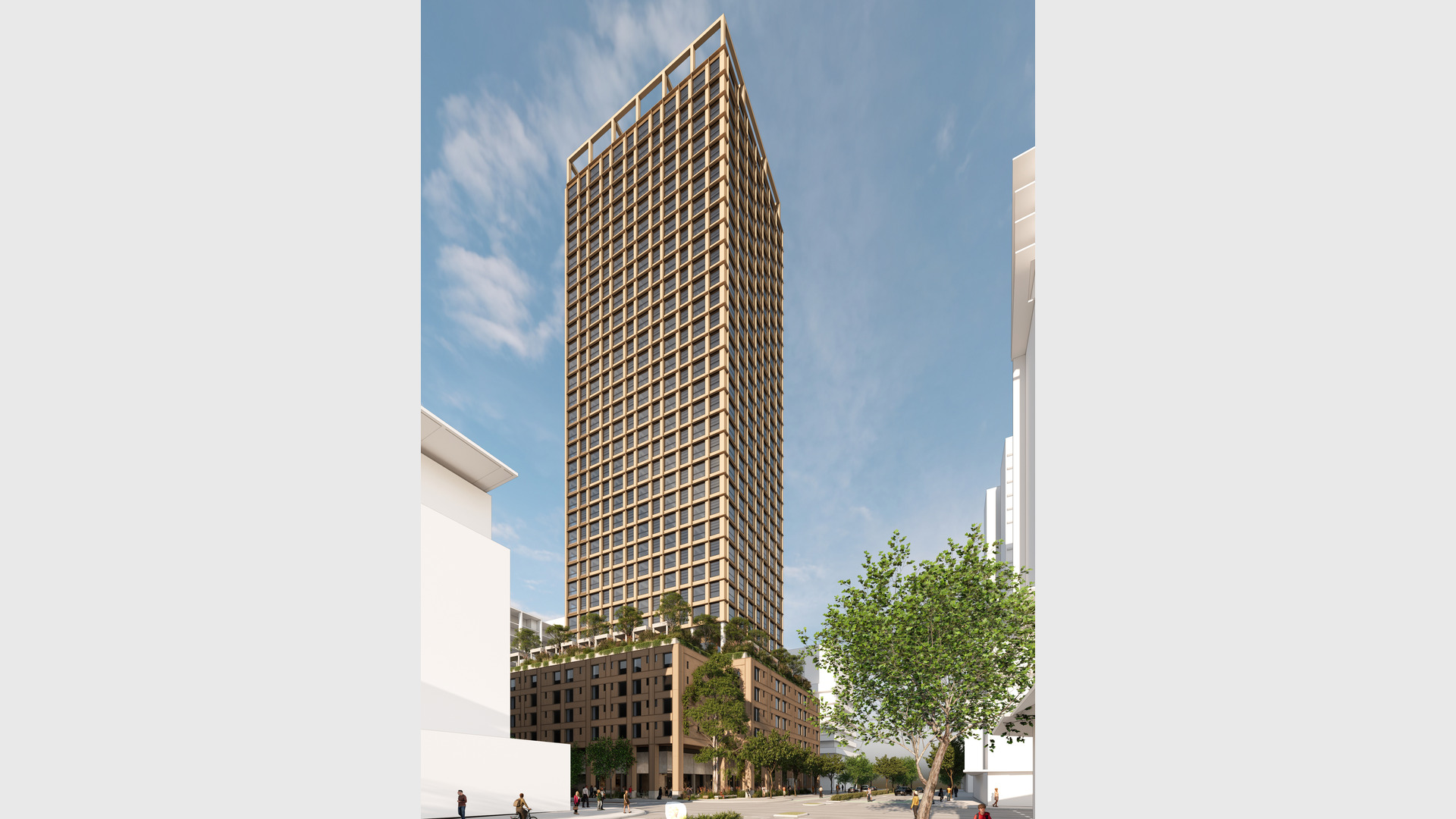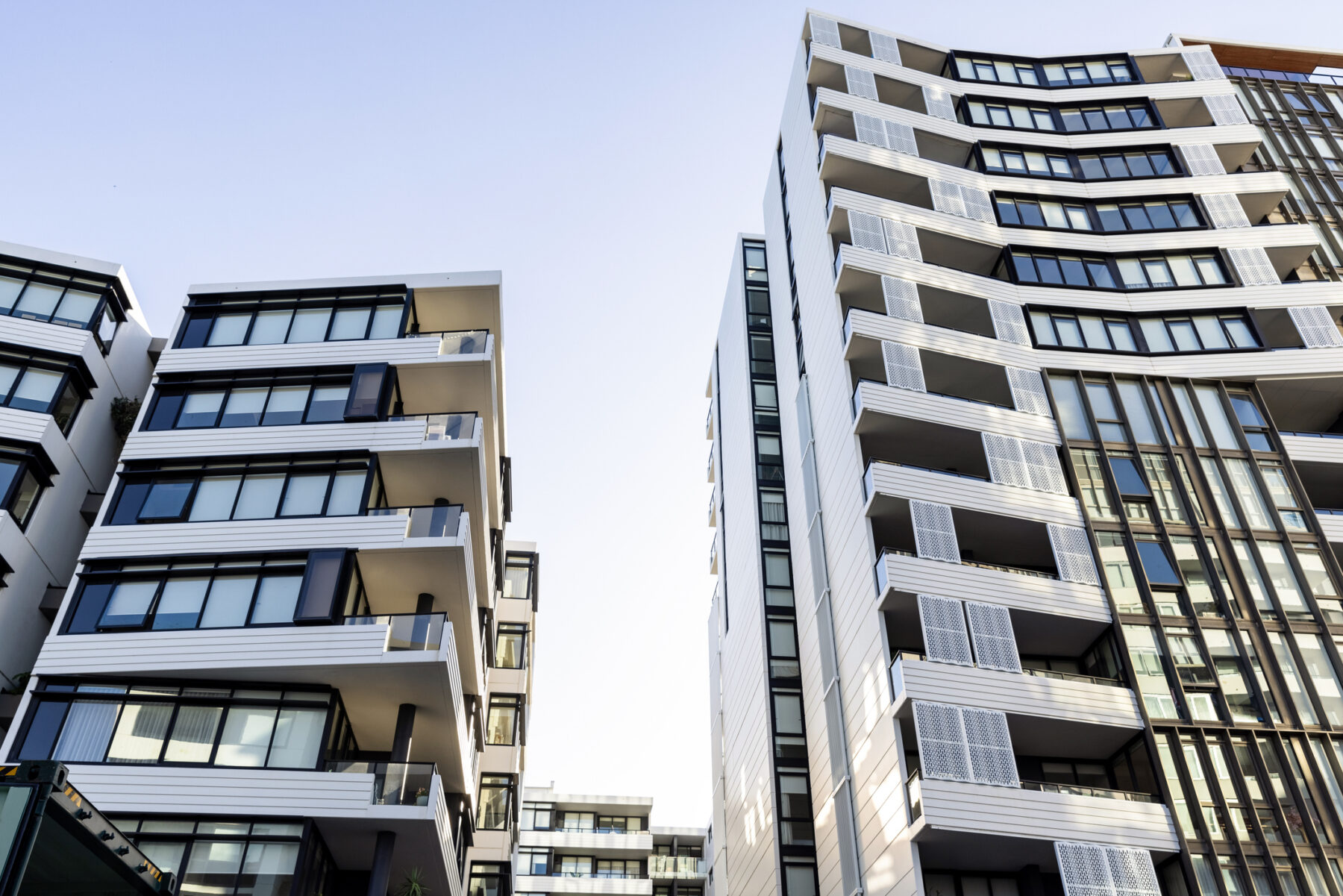
As the rental crisis in Australia’s major capital cities continues, the emerging Multifamily (BTR) sector is set to benefit from an increase in ‘forward funding’ and a boost in foreign investment, with around 40,000 apartments either completed or in the pipeline according to a new report from Savills.
Savills’ analysis shows that the number of institutional funds targeting Australian residential property has grown significantly over the past 18 months. The amount of institutional capital already raised, allocated or in process of being raised for BTR is currently in excess of $15.85 billion.
According to Savills, ’forward funding’ is a trend set to become increasingly popular over the coming years, despite a transformed economic outlook. Setting a precedent for the Australian market, forward funding has been an integral part of Multifamily expansion in the UK, with 75% of investment in the past five years coming via this route. Approximately £1bn was delivered to forward fund developments in Q4 2022 alone.
“Assuming that this $15.85 billion in capital is leveraged with debt, this could potentially support the delivery of 52,800 new homes by 2028,” says Paul Savitz, Director Operational Capital Markets at Savills. “This will contribute to the government’s targets for housing delivery and help deliver much-needed rental housing stock to Australian cities struggling in the rental crisis.”
However, Mr Savitz says, “Increased investment from both global and domestic capital is needed to make a palpable difference to housing supply and tackling the inefficiency of taxes and planning could amplify the potential of Australian Multifamily.”
Supply-Demand Imbalance for Australian Rentals Continuing
The case for the emerging BTR sector is strengthened by high demand relative to short supply within Australia’s rental sector, with no end in sight to the rental crisis in most Australian capitals. As of December 2022, the availability of rental properties nationwide fell by 38% annually – the lowest level on record for December.
The Australian rental market is currently characterised by strong rental growth, underpinned by a shortage of rental homes relative to demand. This has applied upwards pressure on rents that far exceeds initial underwriting assumptions.
The Housing Industry Association has forecasted a further decline in residential dwellings undergoing construction between now and 2024. Australia’s construction pipeline is at its lowest level since 2012, with this weakness delivering a flow-through effect on rental stock.
BTR Proving Strong Amidst Inflation
Despite current macroeconomic challenges, Multifamily remains a highly attractive asset class given its inflation-matching characteristics and structural tailwinds. These include increased demand amongst occupants, ongoing supply shortfall, rising migration after COVID-19 and challenges to home ownership, especially in Australia’s major cities.
Conal Newland, Head of Operational Capital Markets at Savills said, “The Multifamily sector’s resilience within the current economic climate – in particular, its ability to match rising inflation – has allowed it to remain highly feasible.
“The rate of annual CPI reached 6.8% in February, compared to a 22% growth in apartment rents over the same period, while the transitory nature of tenancy allows investors to regularly rebase their rents in line with the market.
“Those who were already invested in Multifamily during this period have enjoyed increased rental income and high occupancy and lease up rates, which has exceeded the levels needed to compensate for higher operational costs,” Mr Newland concluded.
The way too, in which renters are responding to rapidly increasing rents is still up in the air, says Mr. Newland.
“Regardless, the waning of pandemic fallout has ushered in the return of skilled migrants and international students at record levels, with 650,000 new migrants expected to settle in Australia over the next two years. Coupled with the lack of additional rental supply, this will put further upward pressure on rents, fuelling the rental crisis,” he added.
Rise in Foreign Investment to Boost Australia’s Emerging Multifamily Sector
Multifamily dwellings continue to be one of the most in-demand global asset classes. Savills’ Q3 2022 Investor Sentiment Survey has revealed that two thirds of European investors were likely to invest in Multifamily/BTR (across Europe and the Middle East) in the next 12 months, following a prolonged period of rising investor demand. These investors are now broadening their horizons and seeking opportunities in Australia’s rapidly emerging BTR sector.
Although significant funds have been allocated for Australian BTR, the sector still only accounts for less than 2% of national investment. BTR in Australia remains an extremely nascent sector in comparison to the United States, where capital has diversified. In the US, Multifamily is considered a core mainstream asset class, averaging 35% of all transactional volume over the past three years and outspending the office sector by 76%.
Investor-Developer Partnerships to Provide Security
For developers, the wider economic climate has made investor partnerships more attractive. Using forward funding arrangements to access development funding prevents costly debt utilisation for project financing. Forward funding can also make projects viable where debt is no longer accretive. The weakening sales market should increase the value of certainty.
Developers are likely to increase focus on Multifamily developments given the security of partnering with an investor and the lack of alternative development opportunities. Investor-developer partnerships will allow both parties to secure their development pipeline over the next two years. Multifamily investors can offer developers a guaranteed exit on completion, at a price which is agreed prior to construction.
Multifamily Schemes to Grow Rental Market
Multifamily schemes are expected to make up a greater share of future housing, given that traditional ‘build-to-sell’ residential developers are now looking to mitigate risk within their pipelines. With rental demand forecast to remain more robust than off-the-plan sales demand, this share is likely to increase.
Market evolution is now apparent. A year ago, Melbourne accounted for over 60% of all Multifamily apartments either in planning or already operational, now down to 53%. Brisbane has become a key focus for investors, with the announcement of the Olympics, significant public infrastructure spend, a fast growing population and a diminishing residential pipeline. This is increasing its share of total completed apartments and pipeline to 20%.
“Sydney remains the hardest city to navigate,” states Mr. Savitz. “Land values remain elevated, and this continues to impact on financial viability.”
Australia’s institutional Multifamily stock now stands at 5,350 completed apartments, with 8,400 apartments under construction. The future pipeline currently stands at 26,350 apartments, including those in the pre-application stage. This brings the total size of the sector to 40,100 apartments either completed or in the potential pipeline.
Future Outlook: Demand to Remain High
Multifamily yields have proven resilient in comparison to other real estate asset classes, supported by rental growth. Forward funding developments will become the primary route to market and low-geared investors can take advantage of current challenges in the debt market.
Residential sales are waning in terms of forthcoming pricing and supply, and Multifamily can look to increase its share of construction starts and further support housing delivery nationwide. Whilst rental market supply is still heavily constrained, demand for rental properties remains elevated with no signs of slowing down. The gap between rental demand and rental stock is set to widen as escalating interest rates continue to reduce housing affordability. Prospective first-time buyers are remaining in the private rental sector for longer, driving heightened demand over the medium term.



